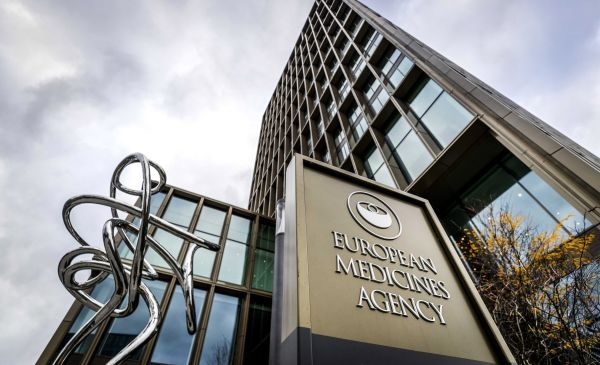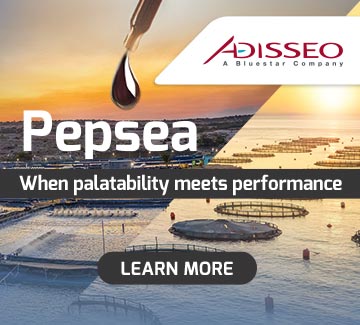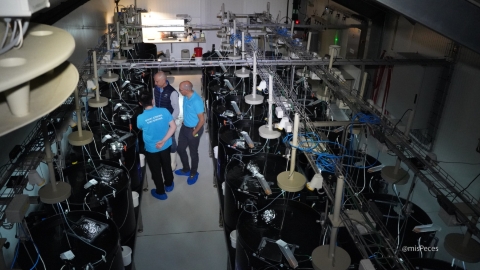
The Committee for Medicinal Products for Veterinary Use, headquartered in Amsterdam, has proposed adding 359 pharmacologically active substances to the official list of approved compounds for the treatment of aquatic species intended for human consumption.
The veterinary committee assessed over 600 substances as part of the mandate entrusted to the European Medicine Agency by the European Commission. Under EU regulations, only substances authorised for use in terrestrial animals or in human medicine may be used in aquaculture-provided the appear on a specific list, which must be adopted through an implementing act by 27 January 2027.
The European Medicine Agency delivered its scientific opinion on 15 May following a multidisciplinary technical review assessing the potential use of these substances in fish raised for food.
The Agency’s recommendation is based on three core criteria: environmental risks, the impact on public and animal health in the context of antimicrobial restrictions, and the availability of alternative treatments.
The Agency’s advice is not merely technical-it lays the groundwork for a binding regulation that will directly shape veterinary practice in aquaculture. Only substances included in the final list may be used legally, under the so-called “cascade” principle. Hence, it is vital that this recommendation leads to clear and harmonized legislation across Europe, enabling the safe and consistent use of veterinary medicines in the aquaculture sector.
Nature of the Substances Recommended for Aquaculture
The Committee for Medicinal Products for Veterinary Use has recommended 359 non-immunological substances drawn from authorised veterinary medicines used in terrestrial animals or from human medicines. Each has been assessed using scientific, regulatory, and safety criteria.
These substances span a wide range of pharmacological classes, including key antibiotics and antimicrobials used to treat bacterial infections in fish. Also included are antiparasitic agents, anaesthetics and sedatives, antiseptics and disinfectants, mineral salts and organic compounds, and hormones used in breeding programmes to induce reproduction.
Of the substances proposed, 48 have been identified by the European aquaculture sector as priorities. They were selected due to their widespread use, recognised need, or inclusion in stakeholder surveys such as those conducted by the FishMedPlus Coalition. Many are already authorised for aquaculture use in certain EU Member States, but formal pan-European approval requires this regulatory step.
Immunological Substances Excluded
As for immunological products-primarily vaccines-none have been proposed for inclusion in the list. While the Agency considered this option, it concluded that no vaccines currently authorised for terrestrial species or human can be used effectively or safely in fish.
This is largely due to the biological specificity of vaccines: aquaculture pathogens are typically unique to fish and have no equivalents in terrestrial animals or humans. Moreover, the peculiarities of the fish immune system, along with the specialised methods of administration (such as bathing, immersion, or injection under specific conditions), make direct extrapolation unfeasible.
The only potential exception was Streptococcus agalactiae, which sometimes affects fish as well as human and land animals. However, existing vaccines for humans and ruminants contain multivalent combinations that are not suitable for use in fish.


